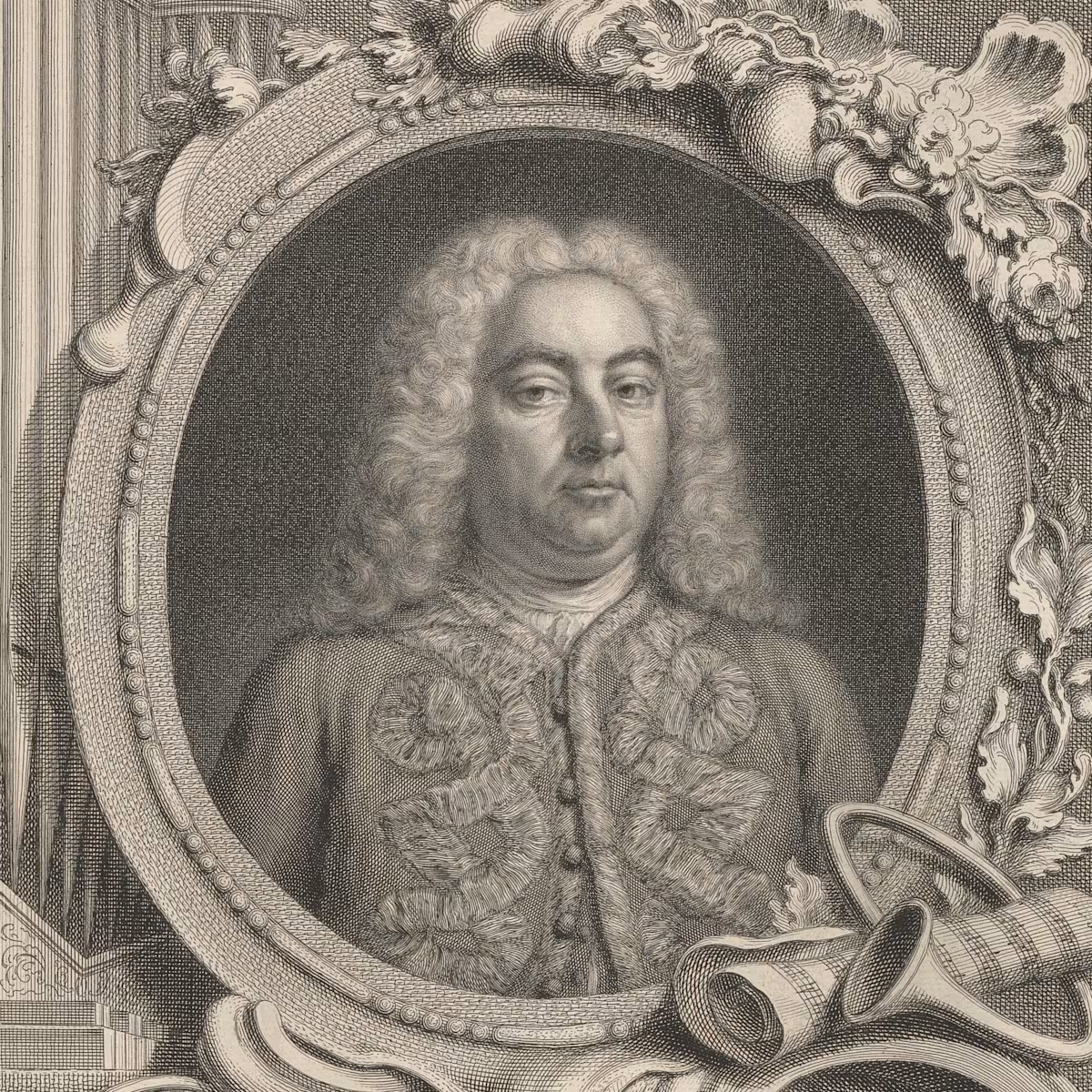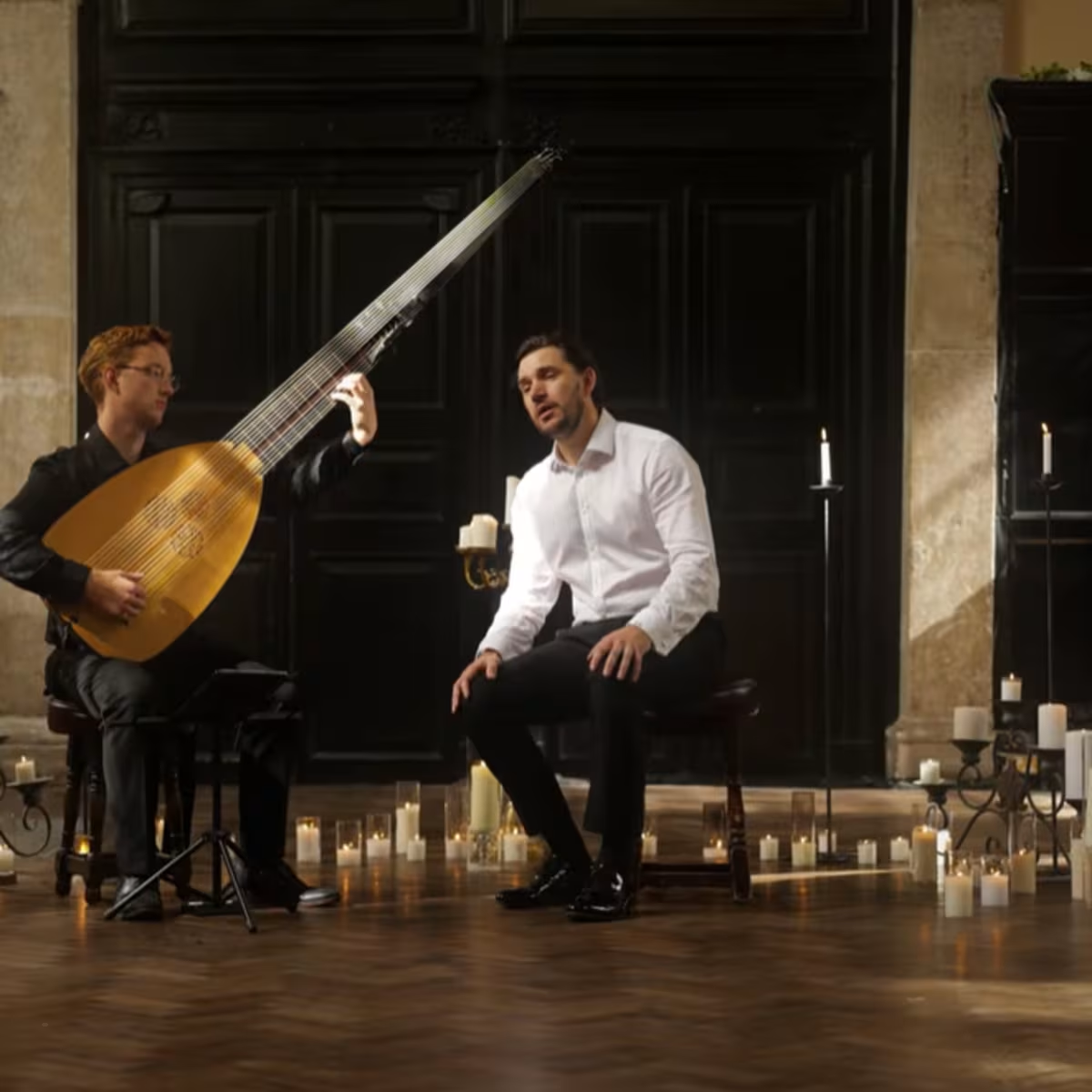Feature
The Reverent Paraphrase
Early Romantic Chamber Arrangements
Share this

FIRST PUBLISHED 27 OCT 2024
Several years ago, I stumbled on a curious passage in a letter from the great cellist and pedagogue, Friedrich Grützmacher (1832-1903), to Edition Peters on 12 December 1883. The publisher had asked him to add his bowings and fingerings to the Schumann Cello Concerto for an upcoming edition, and he replied that it would not be possible to make a good edition without also changing some of the notes:
The Schumann Concerto, as written, is impossible to play; every cellist modifies it in his own (naturally often inadequate) way, and therefore a tried and tested, effective, and (if I may say so) a duly reverent [pietätsvoll] version would be eagerly welcomed.
I was fascinated by the idea that a performer could show due reverence to a composer’s wishes while altering the very text that preserves those wishes. In my classical training, I had been taught to use the score as the central channel to understanding the composer’s vision for a piece of music: not only to play exactly what the composer wrote, but to meditate on every detail until it revealed something about the nature of the piece. Early music culture is very freeing in this respect: for anything written before 1800, it is now the norm to improvise embellishments that blend a piece of music with something of oneself. The 19th century, on the other hand, occupies a strange position in our thinking: it is credited (or blamed) for a shift in musical culture that almost deifies the composer, turning a musical score into an inviolable sacred text, and it is also denigrated for producing mountains of "bad editions" that violate the text.

Thanks to a fellowship from the Leverhulme Trust, I was able to spend three years tracking down some of the adjusted versions of the Schumann Concerto alluded to by Grützmacher, to see if I could find a pattern in what was changed and why. As a result of the various cellists' rewrites I found - both published and unpublished - I began to think of a cello concerto as including certain "cello zones" that could be altered to help the soloist bring the general sweep of the music across: passagework (especially at the end of solo sections), the cadenza, and the coda. In general, these rewrites were not any easier to play than the original passages, but they often repaid one's efforts more richly: by knitting the composition more closely to cello technique, it became easier to make the fiery moments sound fiery and to make the weightless moments sound weightless.
It also turned out that Schumann himself had prepared the way for cellistic rewrites by including a few alternative passages in the first edition. Since most of these alternatives are marked "erleichtert" (made easier), I thought of them at first as capitulations to the demands of the cellists who had read the concerto through with him prior to publication, such as Christian Reimers (1827-89) or Robert Emil Bockmühl (1812-81). It seems to me now, however, that Schumann's alternatives are very different from the cellists' rewrites I had seen. For one thing, Schumann's alternatives are not limited to the "cello zones": the first one appears in the second phrase of the concerto, simplifying an ornament that does not seem to have fazed any of the cellists. For another, although Schumann's simplifications do seem easier at first, they do not reward practice effort in the same way. Judging from their similarities with Schumann's original sketch and revised autograph of the concerto, they seem to be simply Schumann's paraphrases of his own ideas - two ways of saying the same thing.

Another path leading away from the rigidity of the score was the art of arrangement, which flourished with a special intensity in the first half of the 19th century. Schumann had proposed making an arrangement of the Cello Concerto for cello and string quartet, a form in which earlier cello concertos had been published alongside the full score. Although Schumann's publisher turned down this offer, the suggestion of it has attracted a number of cellists in recent years to make their own chamber arrangements of the Schumann Cello Concerto. I am very pleased to be joining in this present-day tradition of text flexibility, tinkering with the "cello zones" in the context of my own chamber arrangement, published by Bärenreiter.
Working with the Consone Quartet, both on the arrangement and on the album (which will be released by Deux-Elles record label in January), has been an ineffable joy. They play with a probing intelligence and deep musical sympathy, for one another, for their collaborators, and for the music. The quartet have made their own study of early Romantic chamber arrangements for their Barnstorming! concert video series, supported by Continuo Foundation, and for our disc together, they had the idea to pair the Schumann arrangement with Ferdinand Ries' (1784-1838) charismatic cello quintet arrangement of Beethoven's Sonata for Piano and Cello, Op. 5 No. 1. While many Romantic-era arrangements provide chamber versions of orchestral or operatic works - the equivalent of a home sound system - this arrangement was different. Ries has recast a virtuosic duo as a Grand Quintuor Concertant, effectively turning a competition between two people into a lively conversation among five.

As with later cellists' rewrites of the Schumann Concerto, Ries' imaginative paraphrases are less of an impertinence than they may seem at first. Ries was Beethoven's student, assistant, and confidant during his years in Vienna, and later his advocate in London, eventually commissioning the Ninth Symphony. Ries was trusted throughout his life as an arranger of Beethoven's music, even by Beethoven himself: in his Biographische Notitzen über Ludwig van Beethoven, Ries reports that some of his arrangements were checked over by Beethoven and then published under Beethoven's name. Ries' book, which can be read in Frederick Noonan's translation, is a treasure trove of anecdotes, showing what life was like for someone who not only was close to Beethoven, but also had a native speaker's grasp of his compositional language. I will leave you with one of my favourite scenes:
One evening I went to Baden to continue my lessons with him. There I found a handsome young woman sitting beside him on the sofa. Feeling that I had come at an inopportune moment, I wanted to leave immediately, but Beethoven detained me and said: ‘Sit down and play for a while!’
He and the lady remained seated behind me. I had already been playing for a long time when Beethoven suddenly called out: ‘Ries! Play something romantic!’ Soon after: ‘Something melancholy!’ Then: ‘Something passionate!’ and so on.
From what I could hear I deduced that he had evidently offended the lady somehow and now was trying to make up for it by amusing her. Finally he jumped up and shouted: ‘Why, those are all things I have written!’ I had been playing nothing but movements from his own works all the time, connecting them with small transition passages, which seemed to please him. The lady soon left and, to my great surprise, Beethoven did not know who she was.
Kate's chamber arrangement of the Schumann Cello Concerto is published by Bärenreiter, along with a new Urtext edition of the concerto in its original scoring.
Her recording with the Consone Quartet, Beethoven and Schumann Cello Quintets, was released on the Deux-Elles label on 24 January 2025.
Author: Kate Bennett Wadsworth
Share this
Keep reading

The infinite variety of Handel’s ‘Messiah’
Few works in Western music have proved as infinitely adaptable, resilient, and continually renewed as George Frideric Handel’s ‘Messiah’ oratorio.

Bellot Ensemble | Monteverdi: ‘Oblivion soave’
Tenor Kieran White, joined by Daniel Murphy on theorbo, performs Arnalta’s aria, ‘Oblivion soave’ from Monteverdi's ‘L’incoronazione di Poppea’.

Playlist: Jane Austen at 250
Our latest playlist celebrates the 250th anniversary of Jane Austen’s birth with music used in TV adaptations and music she would have played herself.

